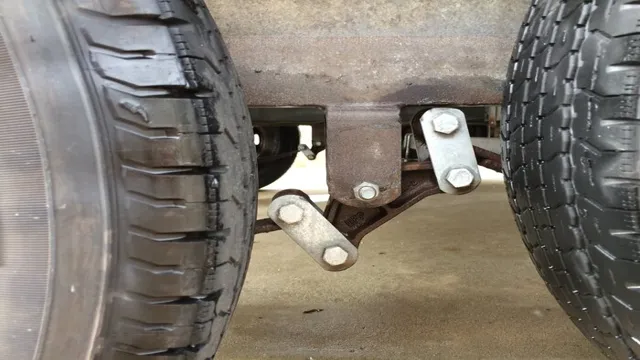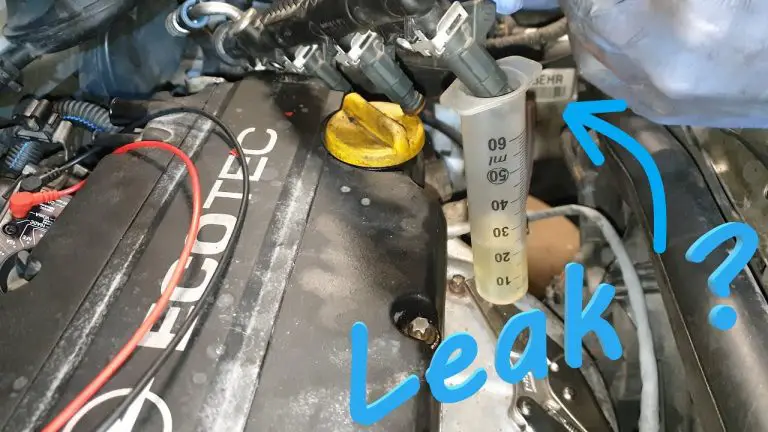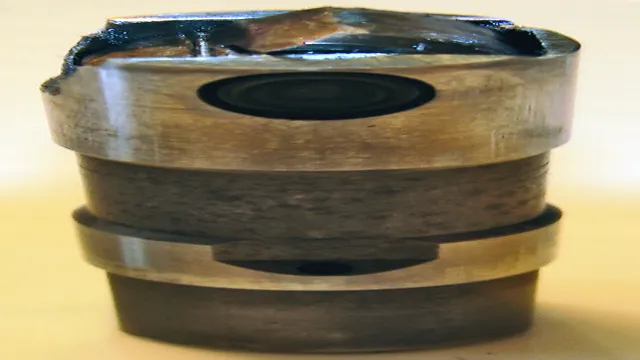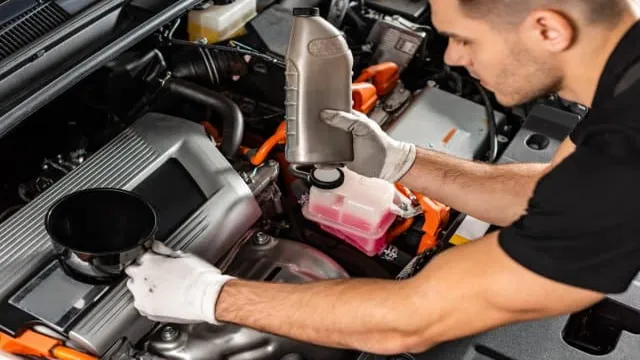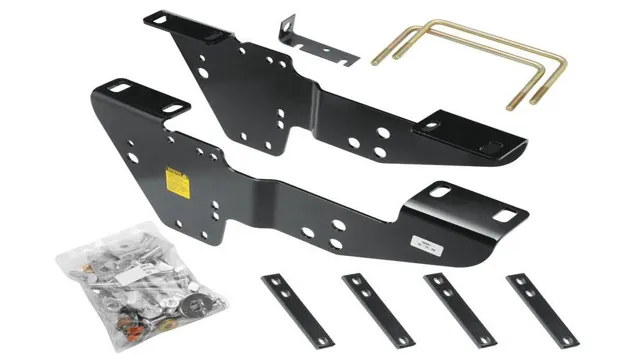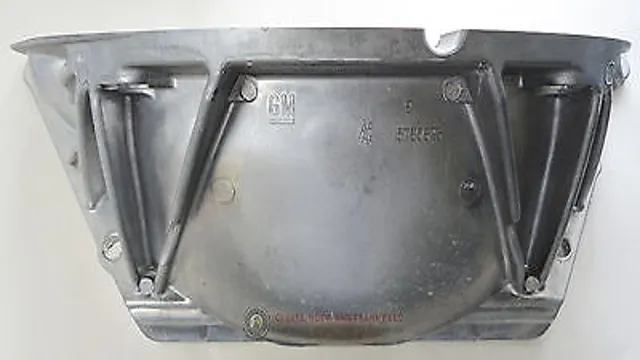How to Easily Fix Your Trailer’s Uneven Load with a Trailer Equalizer: Step-by-Step Guide
Have you ever been on a road trip and suddenly noticed that your trailer is not towing properly, causing it to sway and bounce from side to side? This can be a nerve-wracking experience that poses a real danger to yourself and other drivers on the road. The culprit could very well be the equalizer hitch that connects your trailer to your vehicle and distributes the weight of the load evenly between the two. When the equalizer hitch is out of position, it can cause the trailer to be unbalanced and unstable, leading to poor performance and dangerous driving conditions.
In this blog, we’re going to take a look at how to get your trailer’s equalizer back in position and ensure a safe and smooth ride. So, grab a cup of coffee and let’s dive in!
Assessing the Issue
If you’re experiencing issues with your trailer’s equalizer, the first step is to assess the problem. The most common reason for an uneven trailer is that the weight distribution needs to be adjusted. Make sure that your trailer has an equalizer hitch installed and that it is adjusted correctly.
The equalizer hitch works by distributing the weight of the trailer evenly across all of the axles. If the weight is not distributed evenly, your trailer may sway or bounce while driving. Check the tire pressure on all of the tires and make sure they are inflated to the recommended level.
Too much weight on one side of the trailer can cause the tires to wear unevenly. Also, check the condition of the suspension. Worn out suspension can cause the trailer to bounce and sway.
Once you have assessed the issue, you can adjust the weight distribution and make any necessary repairs to the suspension or tires, ensuring a smooth and safe ride for you and your cargo. With proper maintenance and adjustment, you can easily get your trailer’s equalizer back in position and enjoy a worry-free journey.
Check for Bent or Damaged Components
When assessing the issue with your vehicle, it’s important to check for bent or damaged components. This can be a common problem after an accident or even from hitting a pothole. These damaged components can affect the way your car handles and can lead to further damage if not addressed promptly.
One way to check for damage is to inspect the individual parts and look for any obvious signs of bending or cracking. You can also check if any components are rubbing against each other, which is a clear sign of damage. Furthermore, taking your vehicle to a reputable mechanic is advisable to have them diagnose any issues properly and repair any damaged parts before they become a more significant problem.
So, if you suspect that your car has sustained any bent or damaged components, take the necessary steps to address it before any further damage is caused.
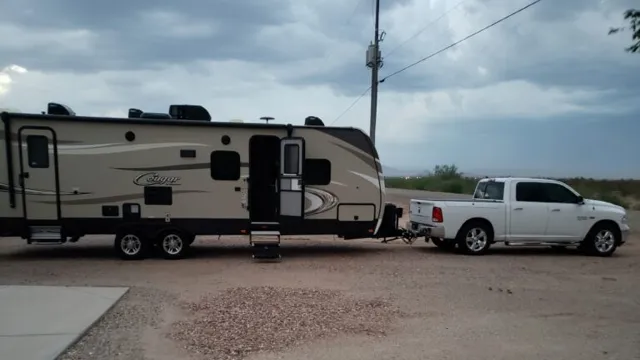
Look for Loose U-bolts or Bolts
When assessing your vehicle’s suspension system, it’s important to look out for loose U-bolts or bolts. These can be a major safety hazard, affecting the stability and alignment of your vehicle. U-bolts are designed to secure the leaf springs to the axle, and if they’re loose, the springs can move around, causing the vehicle to sway or lean to one side.
The same applies to bolts that secure other parts of the suspension system. Loose bolts can result in misalignment, uneven tire wear, and poor handling. To check for loose U-bolts or bolts, you can inspect the suspension components visually or by getting under the vehicle.
Check for any signs of rust or wear and tighten any bolts that appear loose. If you’re unsure or don’t feel confident doing it yourself, it’s always best to take your vehicle to a professional mechanic for proper inspection and repair. Remember, prevention is key when it comes to vehicle maintenance, and detecting loose U-bolts or bolts early can save you from more significant and costly repairs down the line.
Tools Needed
If you’re wondering how to get your trailer equalizer back in position, you’ll be glad to know that it’s not as daunting a task as it may seem. First off, you’ll need a few tools to help you out. You’ll need a wrench, a jack, and jack stands.
Once you have those ready, it’s time to start. Begin by jacking up your trailer and securing it with the jack stands. Next, use the wrench to loosen the bolts on the spring bar.
Once you’ve loosened the bar, you can reposition the equalizer to the proper position. Make sure to align the bar properly before tightening the bolts back up. Finally, double-check that everything is secure and then lower your trailer back down.
With these steps, you should have no problem getting your trailer equalizer back in position.
Jack Stands
When it comes to car maintenance, tools are essential, and one of the most indispensable tools are jack stands. Jack stands are used to support a car when it’s lifted off the ground by a jack, and they’re an indispensable safety feature for anyone working on a car. The tools needed to work with jack stands are fairly basic: a quality jack, an appropriate set of jack stands, and a torque wrench.
The jack you use should be able to lift the specific amount of weight that your car weighs, while the jack stands should be rated to support the weight of the car when it’s lifted. Additionally, a torque wrench is necessary for tightening the lug nuts back in place after working on your car. With these tools in hand, you can safely work on your car with the peace of mind that comes with knowing that your jack stands will keep your car securely suspended off the ground.
So, be sure to invest in the right tools to ensure your safety while working on your car.
Wrench Set
If you’re planning on doing some repairs or maintenance around the house, you’ll definitely need a wrench set as part of your tool collection. A wrench set typically includes various sizes of wrenches that can be used for tightening or loosening bolts and nuts of different sizes. One of the most essential tools in any handyman’s toolkit, a wrench set is a must-have for anyone who wants to be able to tackle a wide range of mechanical or plumbing tasks.
When it comes to finding the right wrench set, there are a few factors to keep in mind. First, you’ll want to consider the size and type of bolts and nuts you’ll be working with, as this will determine the size and type of wrenches you’ll need. You’ll also want to think about the quality of the wrench set, as a good quality set will last longer and be more reliable than a cheaper, less well-made option.
Another option to consider is whether you want a more traditional set of wrenches or a socket wrench set. Socket wrench sets are often more versatile and can be used for a wider range of tasks, but they can also be more expensive than traditional wrench sets. Ultimately, the type of wrench set you choose will depend on your individual needs and budget.
With so many options available, however, you’re sure to find a wrench set that meets your needs and allows you to tackle a wide range of tasks with confidence.
Adjusting the Equalizer
If you’re experiencing swaying or bouncing while towing your trailer, the equalizer may be out of position. To adjust the equalizer, start by parking your trailer on a level surface. Next, unhitch the trailer and locate the equalizer bolts.
Loosen them up and take note of the current position of the equalizer. Consult your trailer manual or a professional to determine the correct position for your equalizer. Adjust the equalizer to the recommended position and tighten the bolts back up.
Make sure to test drive the trailer again to ensure that your adjustments have worked. If you’re unsure about any part of the adjustment process, it’s always best to consult a professional in order to avoid further damage or even accidents. By taking the time to properly adjust your trailer’s equalizer, you will have a safer and smoother towing experience.
Loosen Bolts and U-bolts
Loosen bolts and U-bolts Adjusting the equalizer is essential for the proper functioning of your vehicle’s suspension system. One important step during this process is loosening bolts and U-bolts. This is necessary to ensure that the suspension components involved can move freely as they need to during operation.
When you adjust the equalizer, you are working to balance the weight distribution across the suspension system evenly. By loosening bolts and U-bolts, you’re making sure that there isn’t any unnecessary tension or restraint on any of the involved components. This is especially important if you’re dealing with worn-out bushings or other parts that might not be as flexible as they once were.
By paying attention to these details, you can help improve your vehicle’s handling and overall safety.
Adjust Equalizer to Proper Height
Adjusting your equalizer can make a huge difference in the quality of sound you hear from your speakers or headphones. When positioning your equalizer, it’s important to consider the ideal height to achieve optimal sound quality. In general, it’s best to position the equalizer at ear level, as this allows you to directly hear the sound frequencies being adjusted.
If you’re using a standalone equalizer, this means placing it on a shelf or stand at the same height as your ears. If you’re using an equalizer built into your receiver, it may be adjustable to ensure it’s at ear level. It may seem like a small adjustment, but it can have a significant impact on how you perceive the sound coming from your audio setup.
So, the next time you’re tweaking your equalizer settings, take a moment to ensure it’s positioned at the proper height for the best sound quality.
Re-tightening Components
If you notice that your trailer’s equalizer is not in the right position, don’t panic. It’s not a complicated job to get it back into the correct place. You’ll need a few basic tools such as a wrench and an impact driver.
The first step is to jack up the trailer and remove the wheels and drums. Then, inspect all the bolts and nuts and make sure everything is tightened correctly. Use an impact driver to re-tighten any loose bolts.
Next, check the spring bar’s condition, as it could bend or twist over time, leading to the equalizer being out of position. If necessary, replace the spring bar, reposition the equalizer, and tighten the bolts and nuts again. Finally, re-attach the wheels and drums, lower the trailer, and test your work.
By following these simple steps, you can ensure that your trailer’s equalizer is in the right position again and ready for use.
Tighten U-bolts and Bolts
If you’re looking to ensure your components remain secure and safe while you’re on the road, it’s important to regularly check and retighten your U-bolts and bolts. The vibrations and pressure of driving can cause these components to loosen over time, which could lead to hazardous situations like sudden brake failure or steering problems. By tightening these components regularly, you can help prevent these issues and ensure a safer driving experience.
It’s recommended that you check and tighten these components at least twice a year. When tightening, be sure to use an appropriate torque wrench to ensure the components aren’t overtightened which can cause damage. Regular maintenance like this can help save you from costly repairs or, even worse, dangerous accidents.
Test it Out
If you’ve ever experienced the frustrating situation of your trailer’s equalizer getting off track, don’t worry – it’s a common problem, but easy to fix. First, you’ll want to check the weight distribution on your trailer and vehicle – make sure that it’s balanced before attempting to adjust the equalizer. Once you’re sure of that, get underneath your trailer and locate the equalizer – it should be between the leaf springs.
If you see that it’s not properly aligned, use a jack to lift up one side and make the necessary adjustments to get it back in its proper position. It’s important to remember to only adjust one side at a time, and ensure the equalizer is centralized both horizontally and vertically. With a little bit of patience and attention, you’ll have your trailer equalizer back in place in no time.
Take Your Trailer for a Spin
Taking your trailer for a spin is an exciting moment that shouldn’t be taken for granted. It’s essential to test it out before hitting the open road to avoid any unpleasant surprises. Start by checking the lights, brakes, and tires to ensure they’re in excellent condition and functioning well.
Then, take your trailer for a short drive in a parking lot or a quiet area to get a feel for how it handles while driving. Make sure you practice backing up your trailer to avoid damaging it, and be sure to test the brakes to ensure they work correctly. By taking the time to test your trailer, you’re not only ensuring your safety but also that of other drivers on the road.
So, if you’re planning a long road trip or a weekend getaway, take your trailer for a spin to make sure it’s ready to go.
Conclusion
Getting your trailer equalizer back in position can be a daunting task, but with a little patience and the right tools, it can be accomplished. Just remember to jack up the trailer, remove the bolts, and gently ease the equalizer back into place. And if all else fails, just tell your trailer that it’s time to get back in line and tow the line like a good little hauler.
“
FAQs
What is a trailer equalizer and how does it work?
A trailer equalizer is a component that helps distribute weight evenly across all axles of a trailer. It works by using a series of spring bars and pivots to allow for smooth and stable towing.
How can I tell if my trailer equalizer is out of position?
You may notice that your trailer is not towing straight or feels unstable while driving. Additionally, you may see signs of uneven tire wear or excessive bouncing while traveling over bumps.
What are some common causes of a misaligned trailer equalizer?
Some common causes include improper loading of the trailer, wear and tear on the components, and damage from hitting curbs or other obstacles.
Can I realign my trailer equalizer on my own?
While it is possible to adjust your trailer equalizer yourself, it is recommended that you seek the help of a professional mechanic or RV service technician to ensure that the job is done correctly and safely.

